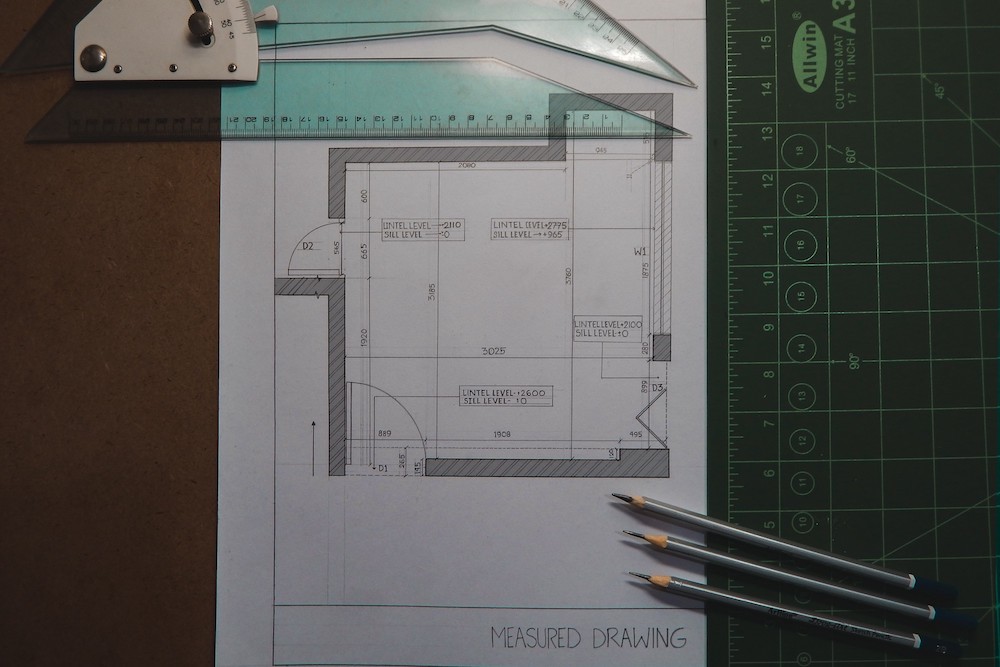May 5th, 2021. Tom Lee
Planning for the Future: What Planning Policy Changes Mean for Developers

In August 2020, the government set out its ‘once in a generation’ reform plans for England’s planning system in the Planning for the Future white paper and, during the pandemic, there has been a swathe of planning policy changes.
We even wrote about them back then in our blog post ‘What Are the New Planning Permission Rules and How Are They Different?’
Here, we’ll outline what the white paper proposed, the reception it has had, and what the suggested changes may mean for developers.
What Was the Planning White Paper of 2020?
Known as the ‘Planning for the Future’ white paper, this briefing highlighted key points on planning and development, and outlines new planning laws which could be expected. It stated:
- Local communities will be consulted from the very beginning of the planning process. By harnessing the latest technology through online maps and data, the whole system will be made more accessible.
- Valued green spaces will be protected for future generations by allowing for more building on brownfield land. Plus, all new streets are to be tree lined.
- Much-needed homes will be built quicker by ensuring local housing plans are developed and agreed in 30 months – down from the current 7 years.
- Every area is to have a local plan in place – currently only 50% of local areas have a plan to build more homes.
- The planning process is to be overhauled and replaced with a clearer, rules-based system. Currently around a third of planning cases that go to appeal are overturned at appeal.
- There will be a new, simpler national levy to replace the current system of developer contributions which often causes delay.
- A fast-track system will be created to establish local design guidance for developers, which is designed to help build and preserve beautiful communities.
- All new homes to be ‘zero carbon ready’, with no new homes delivered under the new system needed to be retrofitted as we achieve our commitment to net zero carbon emissions by 2050.
What Does This Mean for Developers?
The white paper, and subsequent amends later last year, suggests a speedier system that is more eco-conscious and green, as well as bringing in the following additional changes for developers:
- Currently developer contributions should only be sought from major developments of ten or more homes or a site with an area of 0.5 hectares or more. However, it has been proposed that this should be raised to 40 or 50 homes for a time-limited period to aid economic recovery following the pandemic.
- A quarter of affordable housing on site should be first homes.
- Planning in principle could be extended to cover major development too.
What Has the Reaction to the Paper Been Like?
While many in the industry recognise and appreciate the government’s aspirations to improve the current system, concerns have been raised regarding detailed issues that have not been addressed and could potentially lead to a detrimental, rather than positive, effect on the planning system.
As the Local Government Association writes:
‘To succeed in meeting these challenges the planning system needs to be transparent, fit for purpose, and accessible to all.
‘As a sector, local government is ready to work with Government to achieve these objectives. However, the current proposals lack the detail that is needed for full debate and comment. This lack of detail means that there are wide-ranging concerns about how the proposals will work in practice.
‘Councils have raised concerns about the timing of a wholesale overhaul of the existing system and change to a new system, including the necessary legislation. This will create uncertainty and take many years to deliver and implement across Whitehall and the wider planning sector.
‘Whilst the LGA has previously welcomed the principle of a standardised, simplified methodology for calculating the local housing need for areas, we have made the point that any model should be able to reflect the complexities of different housing markets. A nationally set formula will always struggle to reflect local need, and we believe the proposed new method should be optional to use for local planning authorities where it is considered to robustly produce a number that accurately reflects local housing needs.’
Further comments have included the President of the Royal Institute of British Architects, Alan Jones, saying reform was needed but the proposal was ‘shameful’, and Sadiq Khan, Mayor of London, arguing it would be a ‘disaster for London’ and a ‘nakedly ideological assault on local democracy’.
The consultation process for the planning reforms has now closed, and the government is analysing the feedback. So, which of the proposed new planning laws of 2020 are set to be introduced is yet to be seen, but one thing is for certain: big changes are afoot.
What Would You Like the Future of the Planning System to Look Like?
As brokers of property development finance, we’re staying abreast of all the latest developments and would love to hear your thoughts on the proposed changes. To share your views and comments, find us on LinkedIn, Twitter and Facebook.
Article By Tom Lee
May 5th, 2021
Tom is one of the founding members of the company and has been a part of the Pure Group since 2013 playing an integral part of the business’s growth and direction.
He had over 10 years of experience in the real estate financial sector prior to joining Pure with a major bank. Tom has a wealth of experience providing debt advisory on large, complex deal structures for developers and investors across all asset classes, throughout the UK and parts of Europe.
He has built a strong network across the property and finance sector, which enables him to provide a total package solution to his clients and contacts, with whom he has built long standing relationships.
Email: tom@purestructuredfinance.co.uk
Follow Tom on LinkedIn here.
See more articles by Tom